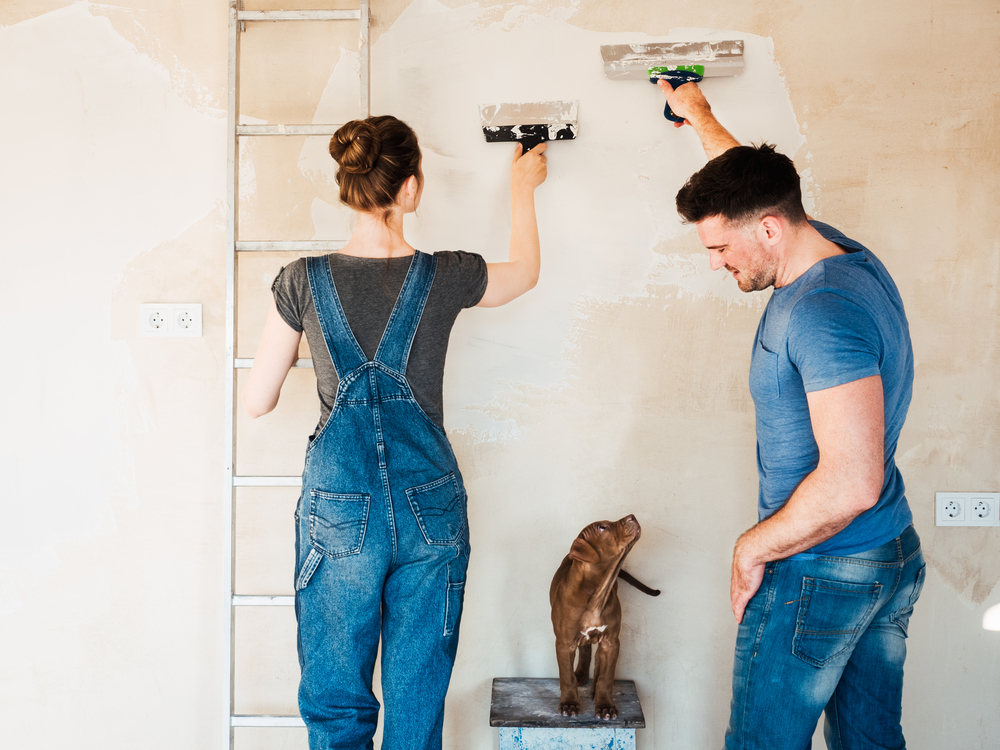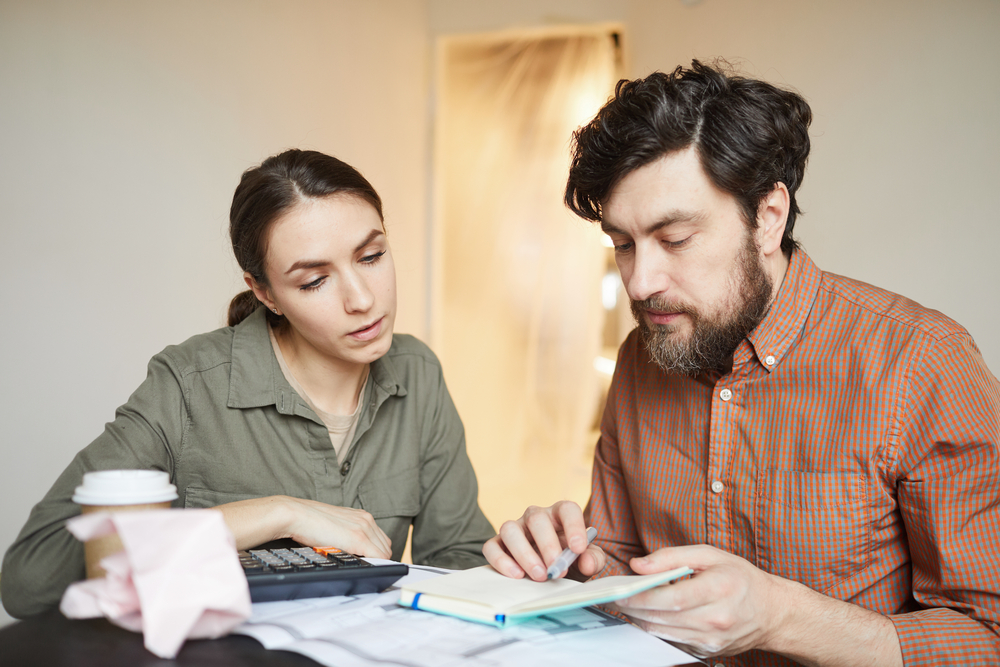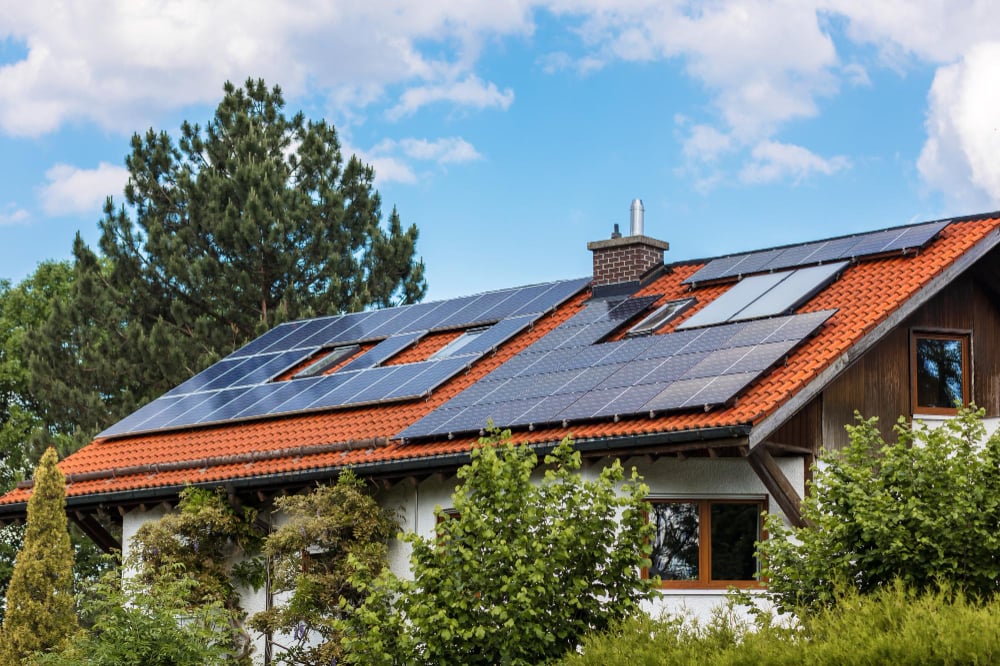Let’s be real: sustainability might not be the first thing that comes to mind when you’re trying to figure out your mortgage in the Netherlands.
However, it’s a super important factor to consider before agreeing to the terms of your mortgage — and even after!
Why? In the Netherlands, there are a number of ways you can use your mortgage to help fund sustainable remodelling and renovations on your home — and, in turn, save yourself some money in the long run.
In fact, as of 2024, there are several ways you can benefit from making sustainable changes during or after buying a house in the Netherlands. 🌳
Expat Mortgages offers free consultations to expats who want to know more about their mortgage options. Want to find out more about making your house more sustainable? Get in touch!
Sustainable remodelling: a growing trend in the Netherlands
With the issue of climate change at the forefront of many people’s minds and inflation sending energy prices through the roof over the past few years, many homeowners in the Netherlands are not only looking into remodelling their homes but also making them more sustainable.

This is a trend that the Dutch government wants to continue to encourage. In fact, since January 1, 2024, a number of measures have been introduced to make sustainable renovations an attractive option for both future and current homeowners.
READ MORE | How much do I have to earn to buy a house in the Netherlands?
What measures you’ll benefit from depends on where you are in the homeowning process. For example, are you looking to buy a new home? Or do you want to make sustainable renovations to your current home?
Let’s walk through these scenarios below. 👇
Buying a home? Here’s how you can set up your mortgage to make sustainable renovations
Ok, you’re about to get a Dutch mortgage — congrats! Let’s run through all the steps you can take in order to fund any sustainable renovations that you plan on doing in the future.
First things first, talk to your mortgage advisor
The first thing you should do is sit down with your mortgage advisor and discuss exactly what it is you want to do to make your home more sustainable.
Based on the valuation of your home and the terms of the mortgage, your advisor will point you towards one of two options:
Option one: Set up a bouwdepot
One thing you can do is talk to your mortgage consultant and ask them to set up a bouwdepot for you.
A bouw-de-what? I hear you ask. A bouwdepot, meaning “construction deposit”, is a loan that can be taken from your mortgage and then used to finance future renovations on your home.

A bouwdepot is usually organised during the process of establishing the terms of your mortgage.
In order to set it up, an appraiser will consider the renovations you would like and estimate the amount needed.
READ MORE | Which experts can save you money when buying a house in the Netherlands?
Then, it’s up to you to turn to the banks (with proof of appraisal) and ask them to finance the loan.
Secured that bag of money? Great! Once the mortgage advisor has arranged the bouwdepot, clients can declare their invoices directly with the bank. This will already be activated following final approval at a notary appointment.
Option two: Apply for an Energiebespaarbudget (energy saving budget)
Not exactly sure of what renovations you would like to make but know that you want to make your home more energy efficient in the future? Then an energiebespaarbudget, meaning “energy saving budget”, is the best option for you.
READ MORE | 7 Dutch cities to move to right now (recommended by mortgage experts)
Similar to a bouwdepot, the energiebespaarbudget is a construction deposit that can be organised alongside your mortgage and set aside to fund future renovations.
However, it’s different from a bouwdepot in two main ways:
- You can borrow up to 106% of the value of the house.
- You don’t have to figure out what renovations you want to make until later on.
How can you use your existing mortgage to make your home more sustainable?
Already have your mortgage but looking between your drafty windows and those new energy bills? Geen probleem!
There are still ways that you can use your mortgage to finance some sustainable and energy-saving renovations in your home.
Option one: refinance your mortgage
Okay, yes, it sounds scary — but for many people in the Netherlands, refinancing your mortgage is a feasible option that may even save you money in the long run.
READ MORE | How will my student debt affect my chances of getting a mortgage in the Netherlands?
How? You may be wondering. The key answer here is interest rates.

While interest rates in the Netherlands have been rising over the past few years, it’s important to note that in the grand scheme of things, they are still relatively low.
However, you should talk to your mortgage advisor and explore your options.
READ MORE | What does the future of the Dutch housing market look like? We sat down with a mortgage expert
For example, you can reduce the interest rate on your whole mortgage or obtain an extra amount — which one you opt for depends on your mortgage conditions and your income.
Note: The process of refinancing your mortgage is much like the initial process of getting a mortgage. However, there may be some additional stumbling blocks. For example, you could face a penalty fee, so it’s best to have experts by your side!
Option two: obtain an additional loan or open a Bouwdepot
While most mortgage advisors arrange the bouwdepot whilst also setting up a mortgage, that doesn’t mean it’s impossible after you have bought a house. Speak to your mortgage advisor to find out how.
An option for everyone: make use of new government measures
As we mentioned above, as of January 2024, the Dutch government has implemented a number of measures to help encourage home buyers as well as current homeowners to opt for sustainable buildings and renovations.
For one, depending on the energy label of the house, you can borrow extra money to implement sustainable measures.
Does the house have a high energy label? Then you can also borrow extra money towards the purchase of the home or towards refinancing your current mortgage if you are already a homeowner.
| Energy label | Extra money to implement energy-saving measures | Extra money to purchase the home |
|---|---|---|
| E, F and G energy label | €20,000 | €0 |
| C or D energy label | €15,000 | €5,000 |
| A or B energy label | €10,000 | €10,000 |
| A+ or A++ | €10,000 | €20,000 |
| A+++ | €10,000 | €30,000 |
| A++++ | €0 | €40,000 |
| A++++ with at least a 10-year energy performance guarantee | €0 | €50,000 |
Ways sustainable remodelling can save you money in the Netherlands
While the cost of refinancing your mortgage may make your eyes water, it’s important to note that part of this cost can actually be reduced.

Reduced interest rates
The Netherlands smiles down on those who choose to be sustainable — and as a result, many Dutch mortgage providers will actually reduce their monthly interest rates based on the energy label of your home.
READ MORE | What is the Dutch National Mortgage Guarantee (NHG)?
So, did you take your home’s energy label from an E to an A? Great! You’ll be paying lower interest each month — meaning you start making back some of the money you spent on those renovations.
Ready to get renovating? Contact the advisory team of Expat Mortgages for a completely free consultation to calculate what is possible for you and your mortgage!
National Insulation Programme
There are also further ways that the Dutch government will reward you for sustainably remodelling your home.
For example, through the National Insulation Programme (Nationaal Isolatieprogramma), you will receive a subsidy to cover up to 30% of the costs of re-insulating your home and/or installing a hybrid heat pump.
Note: While this is a national programme, you should double-check how the process of implementing these subsidies works in your local municipality.
Mortgage costs and tax
It’s also worth keeping in mind that many of the costs involved in getting a mortgage in the Netherlands are tax-deductible.
This means that whether you’ve just set up your mortgage, or you decided to refinance in order to make some sustainable renovations, you will get some of that money back.
Needless to say, there are many ways for you to make sustainable changes to your future or current Dutch home.
The road you take to sustainably renovating your home will depend on your personal situation — which is why your journey should always start with a consultation with a mortgage expert. 😉
Will you be opting for a more sustainable home this year? Tell us your thoughts in the comments below!
